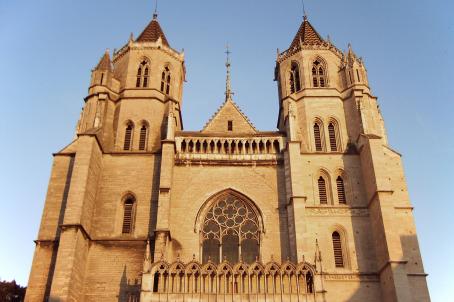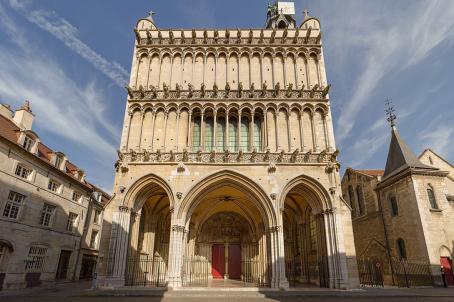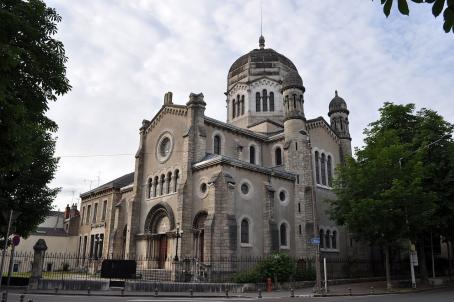Church of Saint-Bernard
In front of his castle of Fontaine, Aleth de Montbard, had a chapel built in 1102; dedicated to St. Ambrosinian. She was the mother of Bernard de Fontaine, the future St Bernard, born at the Château de Fontaine (near Dijon). The present church under the name of St Bernard is built on its site, and the present building has a construction dating back to the 14th and 16th centuries.
About this building
The church has a longitudinal plan, a nave composed of two bays and narrow aisles. It is 44 metres long and ends with a flat west chevet. Its stone porch dates from the last quarter of the 19th century. It has a beautiful statuary and two remarkable 16th-century pillar altars, and the Gothic north portal presents sclupted in stone a snail and the salamander of Francis I, facing him a 16th-century cemetery cross. The south wall contains impressive mural paintings, and the octagonal bell tower on the façade contains 5 bells.






